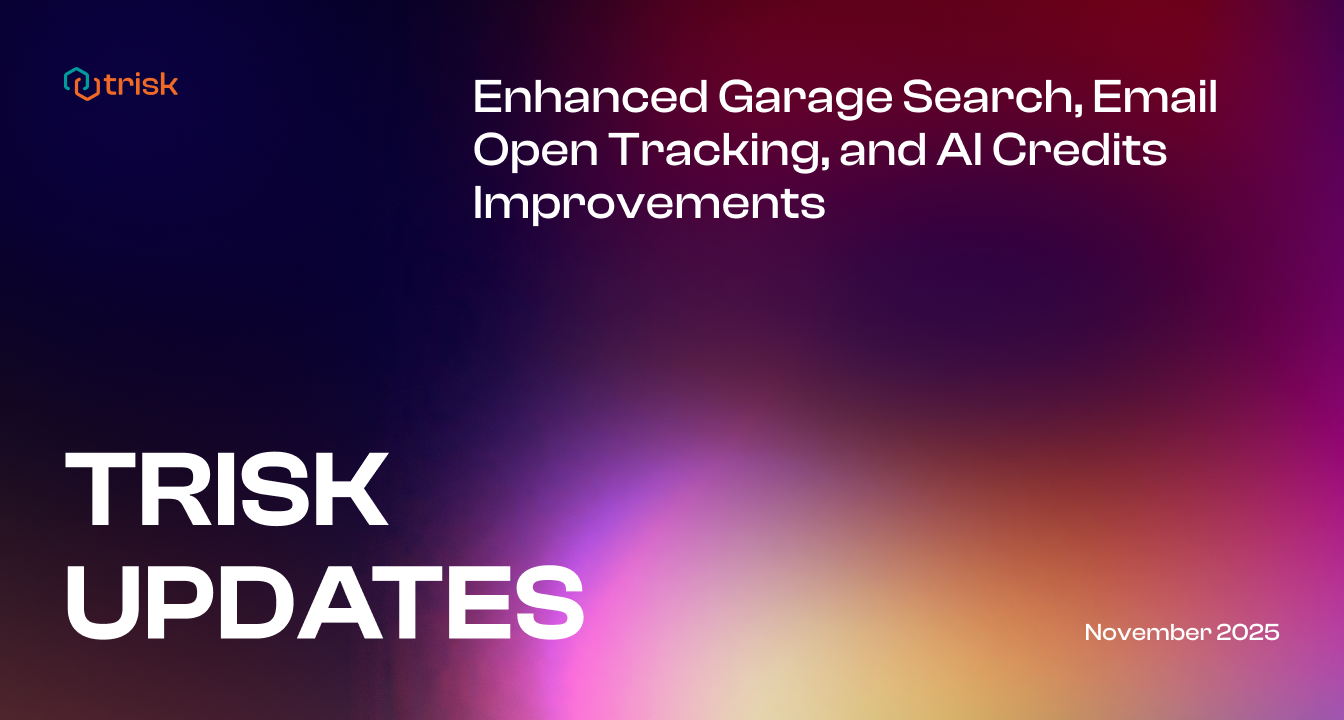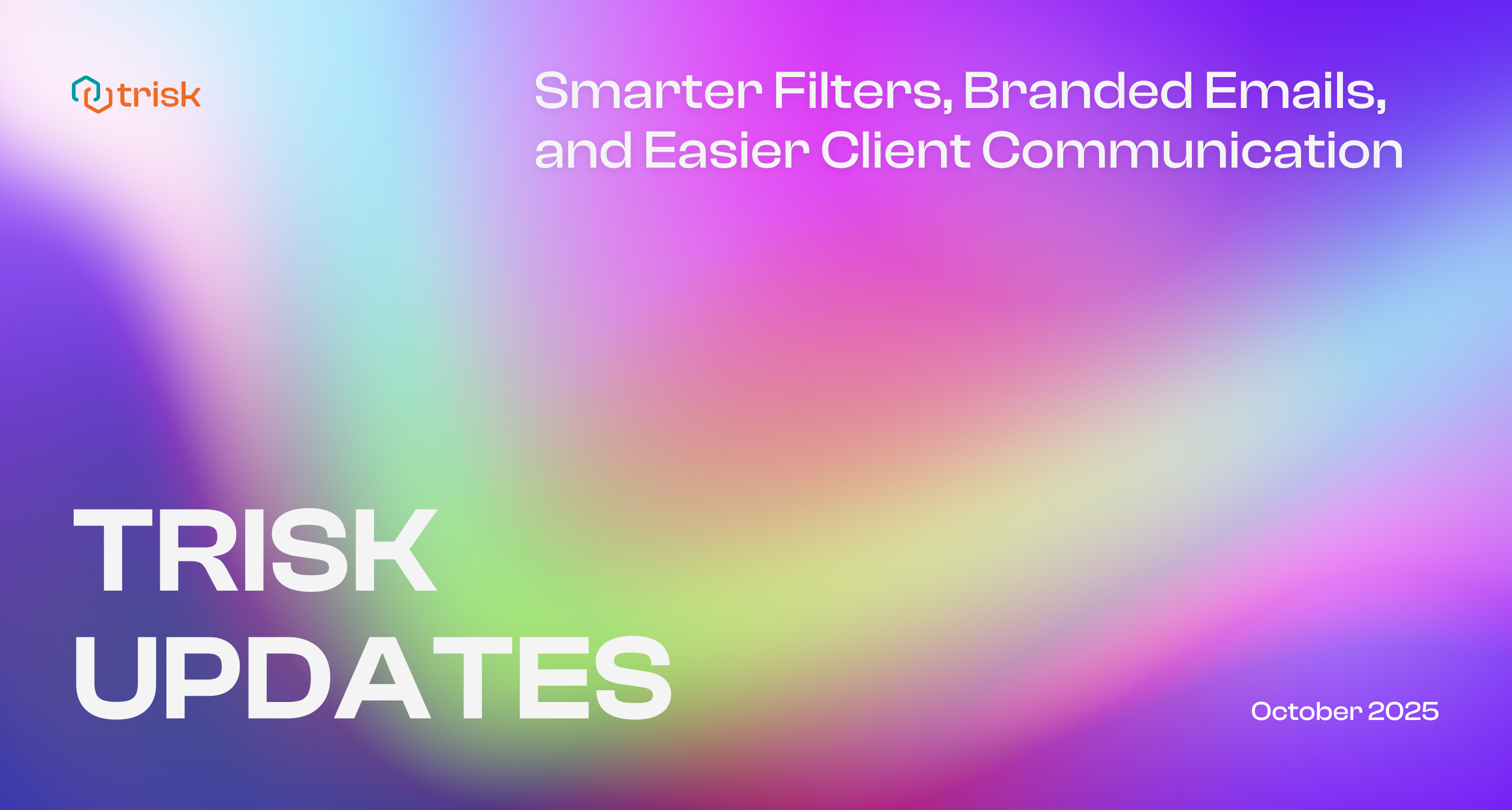In an era where information reigns supreme, the seamless exchange of knowledge within an organization stands as an imperative. Today, the subject is a revolutionary concept that is reshaping the essence of business operations: AI-driven Conversational Process Automation (CPA).
Written by Vlad Anikin, the CTO at Trisk
The Silo Syndrome
The well-known narrative, where departments and teams labor in isolation, each safeguarding their treasure troves of information, tools, and methodologies. Meanwhile, experienced leaders possess valuable knowledge nurtured through years of real-world experience, client interactions, and result-oriented approaches, nearly unattainable through conventional means. The knowledge that makes the company’s operations unique and typically hard to spread across all levels, leading to a burden of constantly being available to others, answering lots of repetitive inquiries, overseeing progress, and tailoring onboarding and training plans along with resource constraints. This “silo syndrome” creates a major roadblock, an obstacle to collaboration, innovation, and scalability. Does it sound familiar? Here is the deal — Imagine your junior employees operate with the knowledge that leaders have? That’s Trisk!
Introducing Conversational Process Automation
Historically, the realm of process automation software has been challenged by the cost of implementation, complexity, ROI uncertainty, and change management. The formidable journey of onboarding and navigating the learning curve often deterred enterprises. Furthermore, the landscape was daunted by a lack of uniformity among vendors. To address these intimidating aspects, businesses must conduct thorough planning, engage employees, seek expert guidance when needed, and start with smaller automation initiatives that can demonstrate value before scaling up.
CPA emerges as a paradigm shift, harnessing the power of AI-driven conversations to shatter those silos. It’s called Natural Language Processing or NLP for short. Picture a virtual assistant not only answers questions but also connects the dots between different departments, systems, and processes. CPA serves as an architectural bridge, facilitating real-time knowledge exchange. It’s intuitive, akin to instructing a personal assistant to seek and implement company-tailored standards, methodologies, and processes, as opposed to generic ones. It unlocks the way to bypass 80% of the path and focus on the last 20%. Let the technology work for you, but stay in control of what to apply.
Real-Life Scenario
Let me paint a picture for you. Say you’re working in marketing, and you need to launch a new campaign. Traditionally, you’d need to navigate through different departments to gather insights, materials, and approvals – a time-consuming and often frustrating process. Add a 3rd-pty or client into the game, and the project cost soar astronomically because of the endless back and forth caused by uncertainties and experience gaps.
Enter CPA, where anyone can engage a virtual assistant, effortlessly accessing information from diverse departments or people.
But is there a reason to limit the information sources while AI can access its broad knowledge database or even search over the internet for the most recent regulatory changes? Definitely not. The key to rational decision-making lies in having the most comprehensive information at your fingertips. Fears of information overload? That’s the beauty of AI-driven CPA: you can set the expectation for a concise response and the possibility to iterate over the results just by talking to the assistant. It can coordinate with your design team, check inventory with the supply chain, and even draft emails for approvals. The result? An outcome-driven approach, a streamlined, efficient process that minimizes delays and maximizes productivity.
Knowledge Synthesis
Here’s the beauty of it – CPA not only facilitates knowledge exchange but also promotes knowledge synthesis. When information flows seamlessly, your team can analyze, adapt, and operate at a higher level. Insights from different corners of the company can come together to create something truly transformative. Even before exploring new opportunities, AI-driven CPA ensures that each party operates in harmony with the company’s unique knowledge, combined with the best practices. Leaders can spread their expertise with significantly reduced effort, liberating time for strategic endeavors. Here is the hint: one of Trisk’s clients streamlined their workflows by enlisting a college student, and the whole process took a couple of weeks. Now, envision the resource investment had it been driven by the organization’s leaders.
Elevating Employee Satisfaction
Beyond optimizing operations, CPA elevates the employee experience — no more frustration from digging through emails, waiting for responses, or chasing down colleagues for information. AI-enabled features empower employees to focus on what really matters: creative thinking, problem-solving, and strategic decision-making. The onboarding/training phase transforms from the tedious learning of the company’s approaches to the guided, real-life execution, driven by the rule-oriented software sitting atop the company’s knowledge, meticulously crafted by the organization’s champions.
Happier employees — better performance. That is a simple formula.
An Investment in the Future
As we move further into the digital age, companies that embrace CPA are future-proofing their operations. The ability to adapt quickly, harness collective intelligence, and stay ahead of the competition is essential. CPA is not just a tool; it’s a mindset shift towards agility and collaboration. The collective knowledge remains intact and stays within the company, resilient even in the face of employee turnover, truly enabling knowledge continuity. This, in turn, minimizes disruptions and accelerates the onboarding process, enabling new team members to become productive contributors more swiftly. The ability to monitor and supervise processes in real-time, which AI facilitates, allows for early detection of deviations or potential issues. This proactive approach reduces the risks associated with operational hiccups and mistakes. With AI-driven supervision and alerts, decision-makers can intervene promptly, mitigating potential setbacks before they escalate. Harnessing the power of technology allows organizations to be ahead, offering improved efficiency, quicker response times, better customer experiences, and, as a result, to stay at the competitive edge.
In Conclusion
The decision to invest in Conversational Process Automation transcends immediate gains. It represents a strategic move towards building a future-ready organization that can navigate the complexities of tomorrow’s business landscape with agility, resilience, and a commitment to fostering collective intelligence. Conversational Process Automation is the bridge from silos to synthesis. It’s about more than just automating tasks. It’s about fostering a culture of knowledge exchange, innovation, and agility within your organization. Embrace CPA, and you’ll find your company on the path to tremendous success, with knowledge as your most valuable currency.


